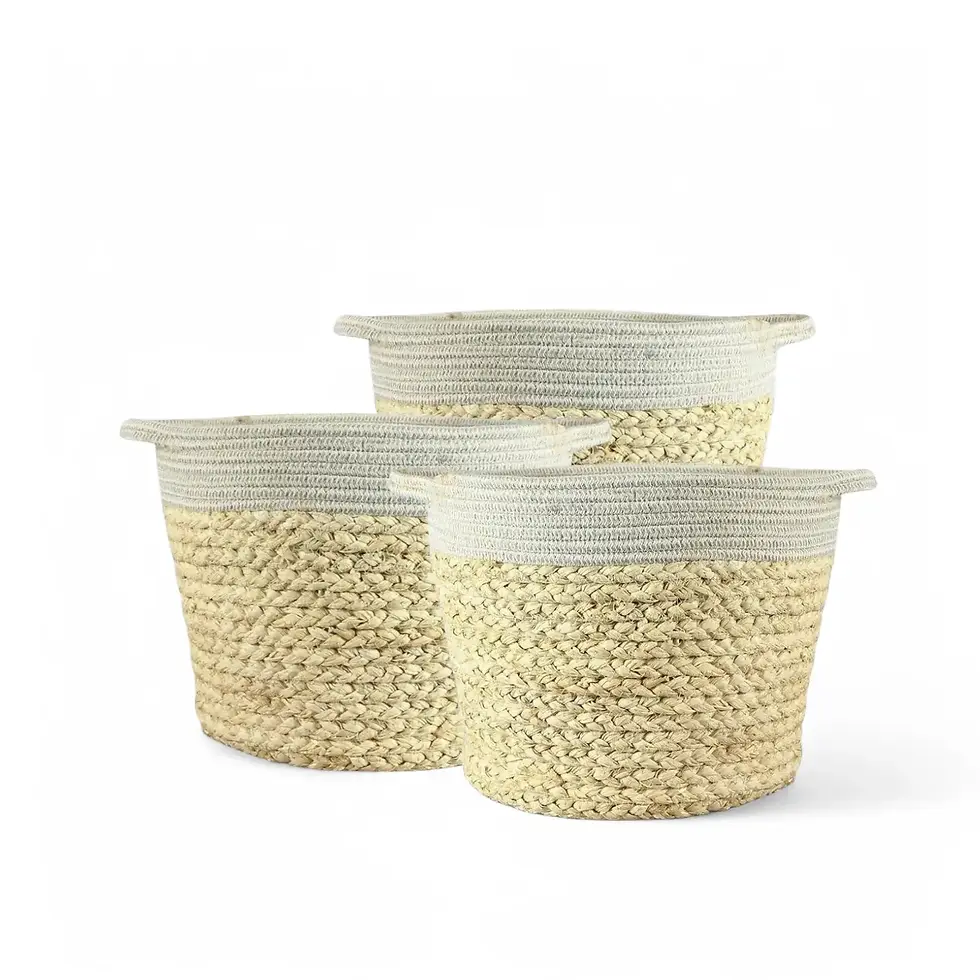Philodendron fibraecataphyllum - Information and Plant Care
Philodendron fibraecataphyllum is a yet-to-be-published species that stands out due to its unique, ribbed foliage and its dramatic transformation from juvenile to mature form. This hemiepiphytic plant thrives as an appressed climber, making it both visually appealing and fascinating to grow. With its robust, dark green petioles and signature leaf shape, this species is a remarkable addition to any plant enthusiast’s collection, offering a dynamic display of evolving growth stages.
Features of Philodendron fibraecataphyllum
- Growth habit: Philodendron fibraecataphyllum is an appressed climber, meaning it grows closely against its support.
- Petioles: The cylindrical petioles are firm and dark green, with pale striations and warty textures, adding an intriguing tactile quality.
- Leaf blades: The hastate-shaped leaves feature long-acuminate to abruptly acuminate tips, with spreading basal lobes. The upper surface of the leaves is semi-glossy and dark green, while the underside is slightly paler and fully glossy, creating a striking contrast.
- Metamorphosis: This plant undergoes a notable transformation as it matures, offering different leaf forms throughout its lifecycle.
Philodendron fibraecataphyllum Plant Care
Philodendron fibraecataphyllum requires careful attention to thrive. Follow these care tips for the best results:
- Watering: Water when the top 2-3 cm of soil feels dry, ensuring the plant isn’t overwatered.
- Light: Provide bright, indirect light to maintain healthy foliage. Avoid placing it in direct sunlight, which may scorch the leaves.
- Soil: Use a well-draining mix rich in organic matter to support the plant’s growth.
- Fertilization: Feed every 4-6 weeks using a balanced liquid fertilizer for optimal growth.
- Humidity: High humidity is appreciated, but avoid misting directly on the plant’s leaves.
- Repotting: Repot every two years to refresh the soil and provide more space for root growth.
Philodendron fibraecataphyllum - Common Issues and Solutions
- Root rot: Caused by overwatering. Ensure proper drainage and reduce watering frequency if this issue arises.
- Pests: Watch out for mealybugs and spider mites, which can be treated with insecticidal soap , neem oil, or use beneficial insects.
- Yellowing leaves: Often a sign of underwatering or insufficient light. Adjust your watering schedule or move the plant to a brighter spot.
- Leaf curl: Typically due to low humidity levels. Increase ambient humidity using a humidifier if needed.
Additional Notes
Understanding the natural habitat of Philodendron fibraecataphyllum can help provide the best care. By mimicking its native conditions, such as offering higher humidity and indirect light, you’ll ensure the plant thrives in your home. This hemiepiphytic species will appreciate a sturdy support, such as a moss pole, to climb as it grows.
Etymology
The name Philodendron comes from Modern Latin (Schott, 1830), derived from the Greek words "philo" (loving) and "dendron" (tree). The genus is named for its tree-clinging habit, a feature that reflects its natural growth behavior in the wild.
Philodendron fibraecataphyllum
Philodendron fibraecataphyllum comes in 12 cm pot and is approximately 30 cm tall

























































